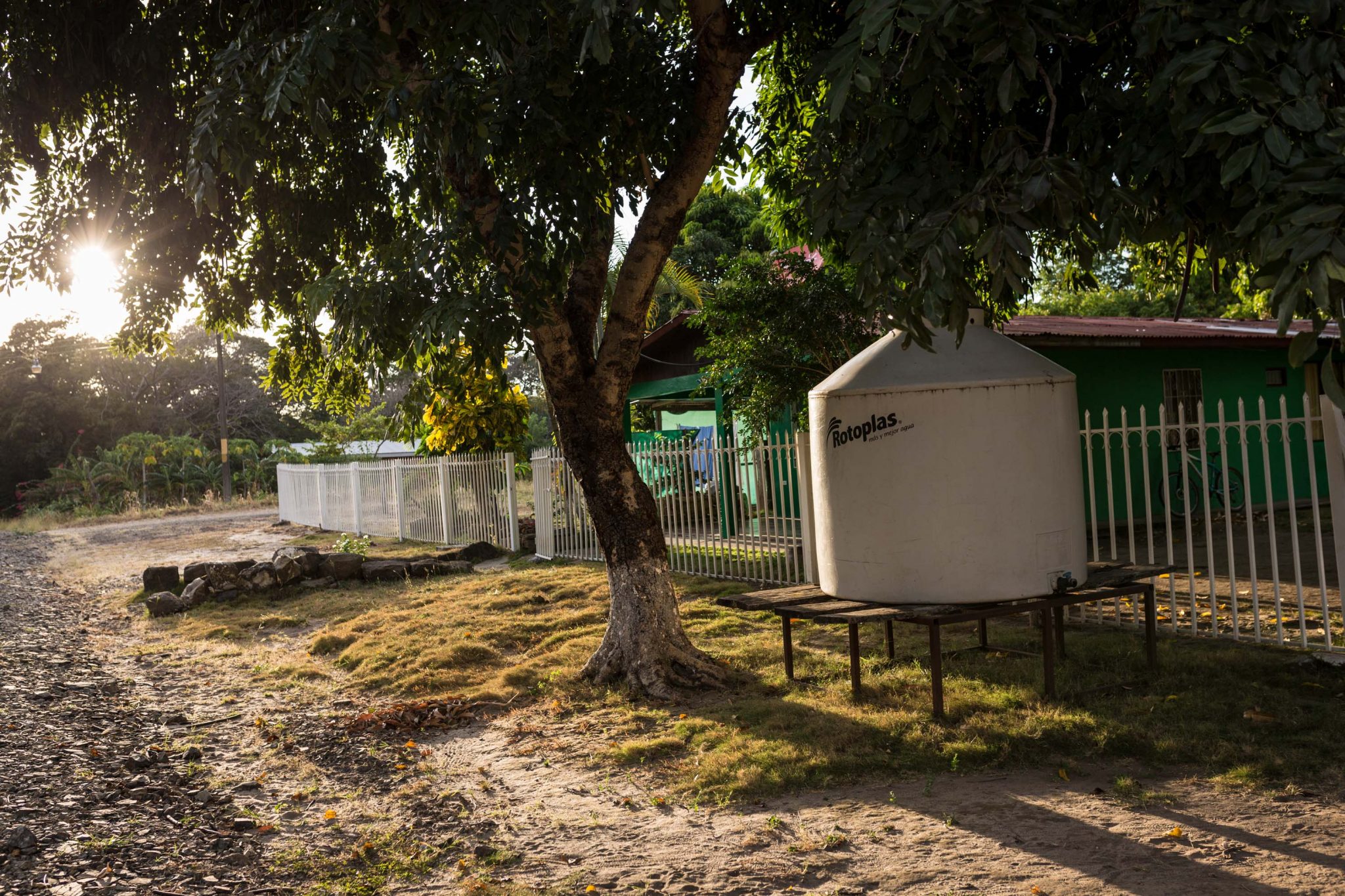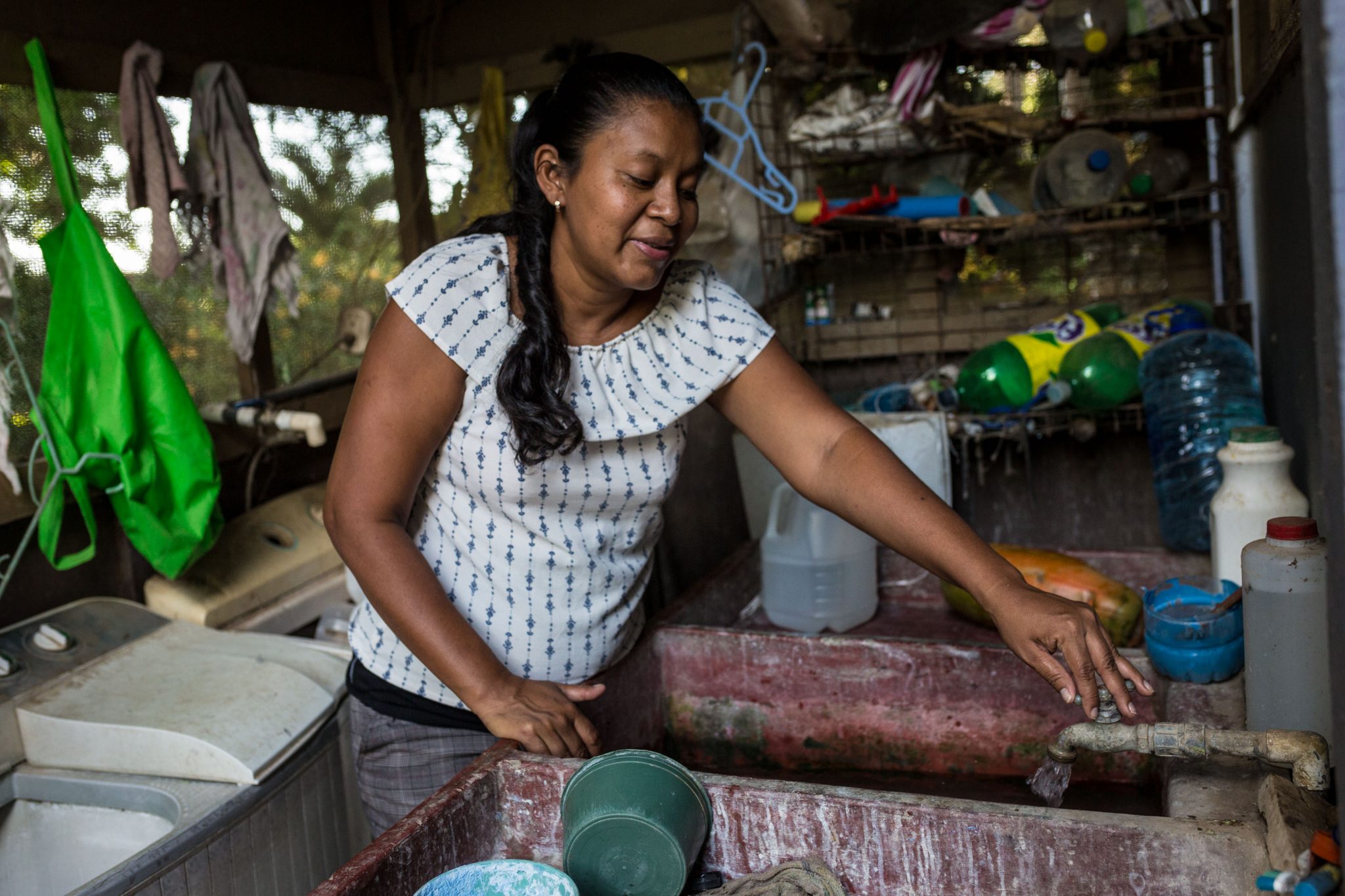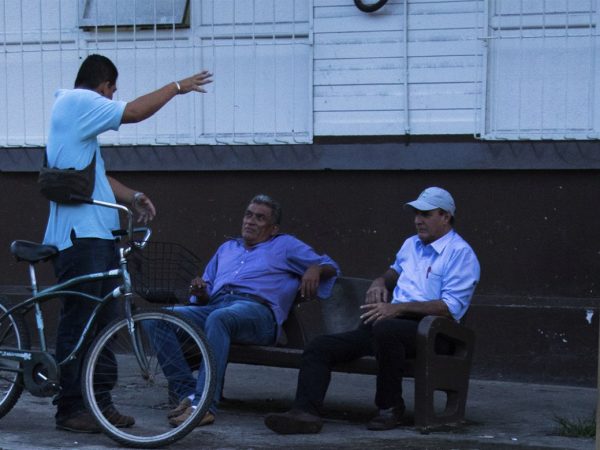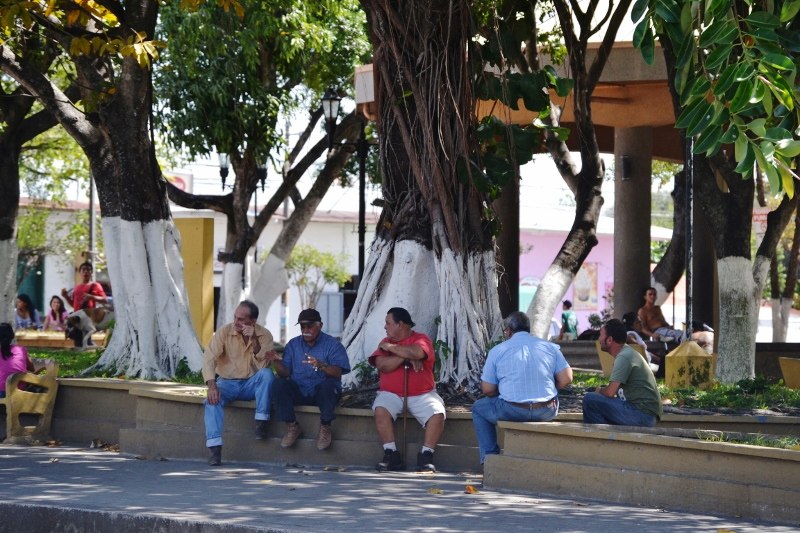
Communities in Bagaces show their concern for arsenic in their water on social media and during visits from the Voice of Guanacaste despite efforts by Costa Rica’s Aqueducts and Sewers Institute (AyA) to keep it below maximum levels.
Marisela Boniche, who has lived in Bagatzí, Bagaces for 12 years, turns on her sink with the look of resignation on her face. “We’ve been drinking arsenic for so many years that we don’t even realize it anymore,” she says. This community of 45 families is located 24 kilometers from downtown Bagaces and it feels forgotten by institutions and media outlets.
About 200 meters away lives Hilda Sibaja, 70. She agrees that water has been their main concern for years. “We’ve been drinking water our whole lives without knowing exactly what’s in it.”
In Quintas don Miguel, in downtown Bagaces, Eliécer González has the main concern.
“I’m almost certain this water has arsenic,” he says, adding that the family spends ¢36.000 a month on bottled water. While there is a plant here that removes arsenic from water, residents don’t trust that the filter works properly.
The Office of the Ombudsman has similar concerns. In 2017 it warned state institutions in charge of providing water that they should provide more information to communities so they have more clarity.
Quality of life director for the office, Tatiana Mora, says that while AyA has information on the quality of water, people can’t access this information, increasing uncertainty in towns.
“Access to clear, precise information still hasn’t sunk in,” Mora told the Voice of Guanacaste. “People are still uncertain.”
The concerns aren’t in vain. The World Health Organization correlates arsenic consumption with illness, development ofand cardiovascular problems, diabetes, cancer, and neurotoxicity. It also considers it one of the 10 most worrying chemical substances for public health.
That’s why AyA says it keeps a monthly registry of arsenic levels in aqueducts like Falconiana (which supplies Bagatzi) and Quintas don Miguel.

In downtown Bagatzi, there are three water storage tanks for residents like this one. AyA fills them every time the water passes permitted levels of arsenic.
Reports from the National Water Laboratory show that none of them surpassed the maximum level of 10 micrograms per liter allowed by the WHO through 10 months analyzed in 2018 (there is no information for August or December). Some months, however, did show nine micrograms per liter, so levels are still very close to the maximum.
These are the types of data that neighbors aren’t aware of and that generate uncertainty about the water they are drinking.
They (AyA) generate speculation with their silence,” says Eliécer González at his house in Quintas don Miguel.
AyA says that it doesn’t deny information to anyone, but that residents must take initiative and request the data. That’s what the community of Montenegro, Bagaces did. They have a machine to remove arsenic. AyA provides weekly information to residents on a blackboard in the community.
This is lacking in Bagatzí and Quintas Don Miguel because, according to the institution, residents haven’t requested it. But they do call community leaders so they can inform other members of the community, says spokesman David Quirós.
`Residents welcome these efforts, but say it’s not enough and that they have requested information, but they never receive a response. “Sometimes we call AyA’s office in Bagaces to ask why there is no water, but no one answers,” says Maricela Boniche.
Epifanía is the solution
“The solution to the problem of arsenic in water in Bagaces is the Epifanía aqueduct,” executive president of AyA Yamileth Astorga said in July.
This new aqueduct will substitute the source of drinking water for residents in communities affected by arsenic.
The aqueduct will benefit more than 10,000 residents in the canton and is scheduled to start in the first quarter this year.







Comments